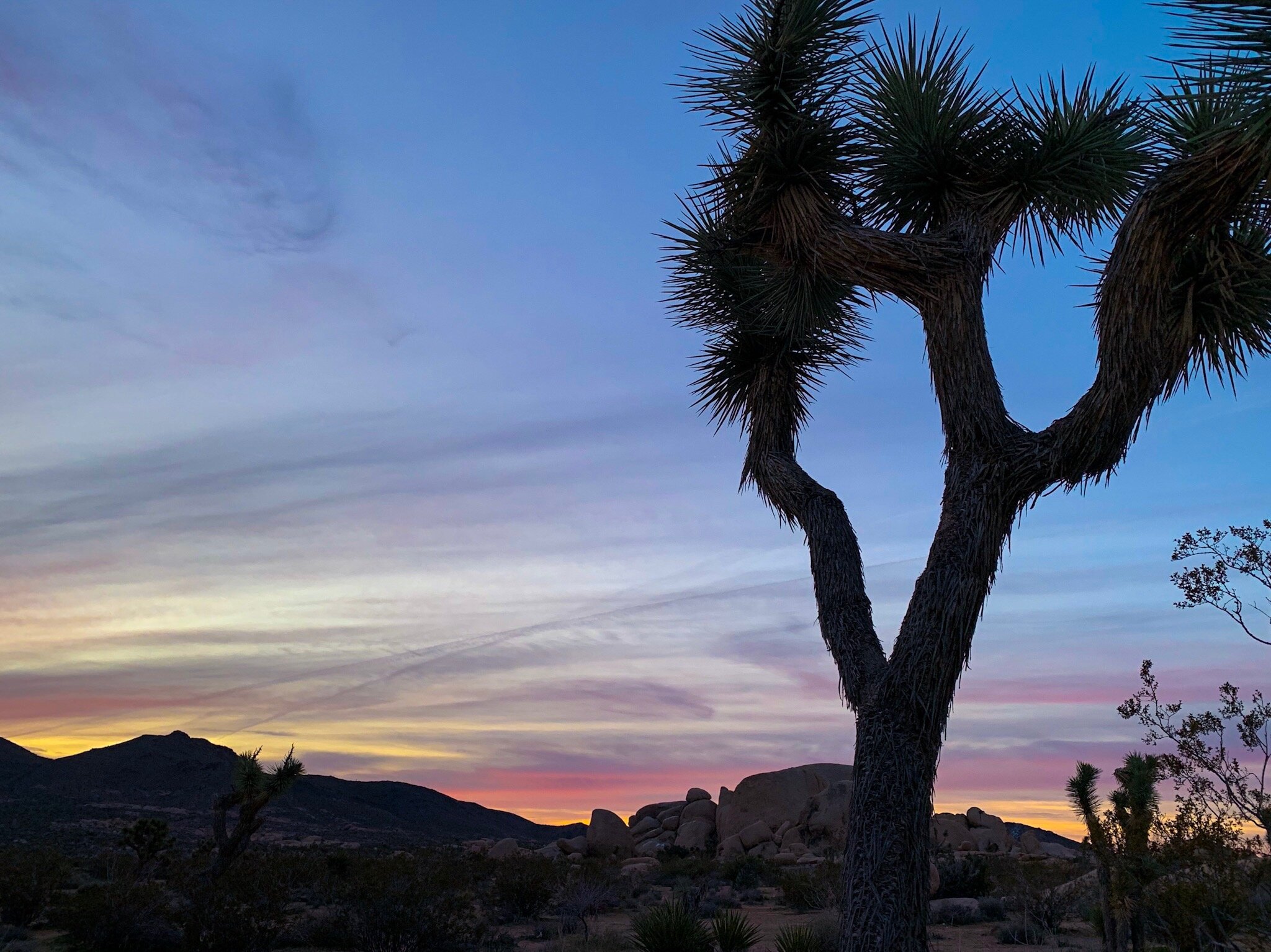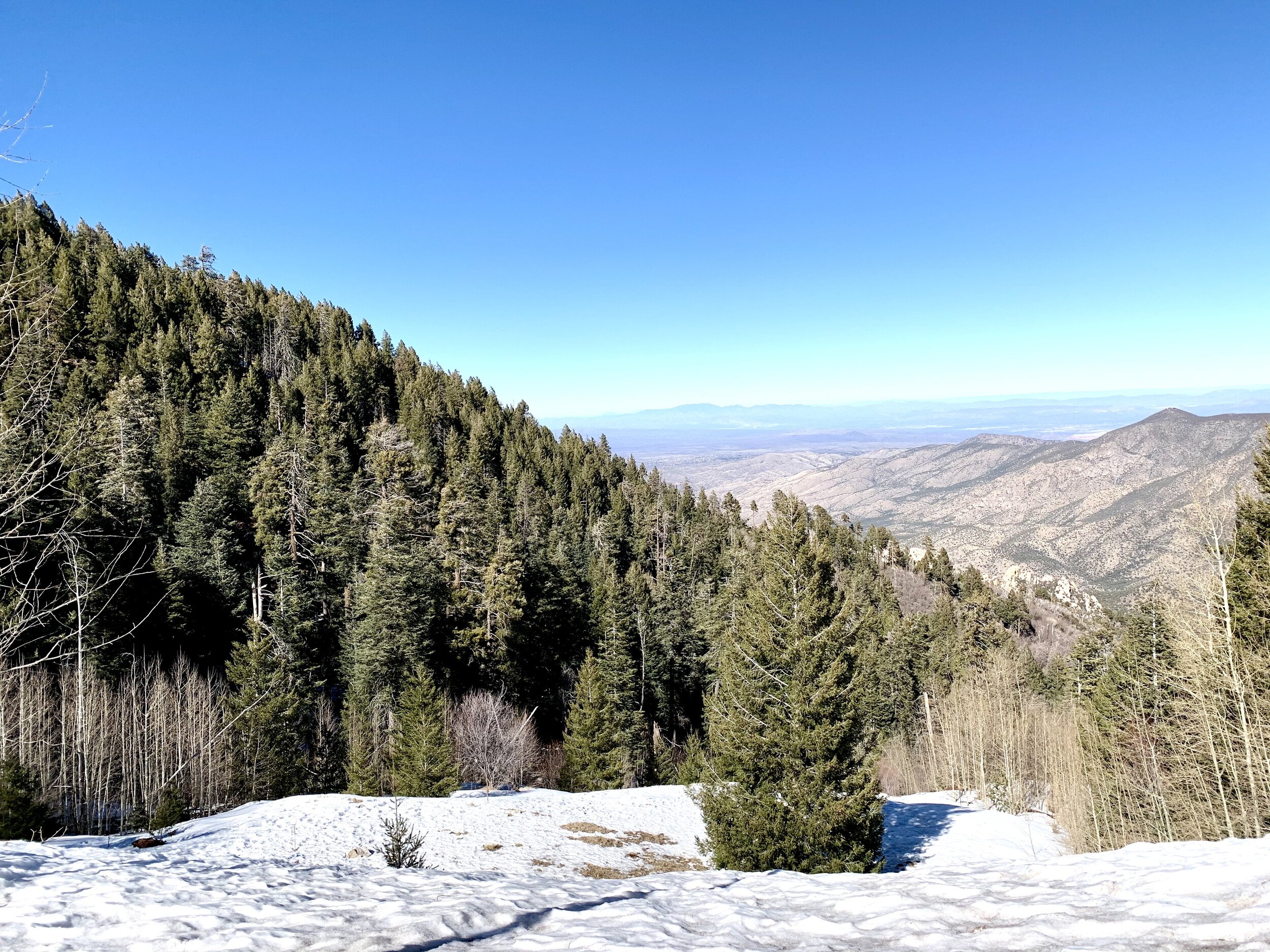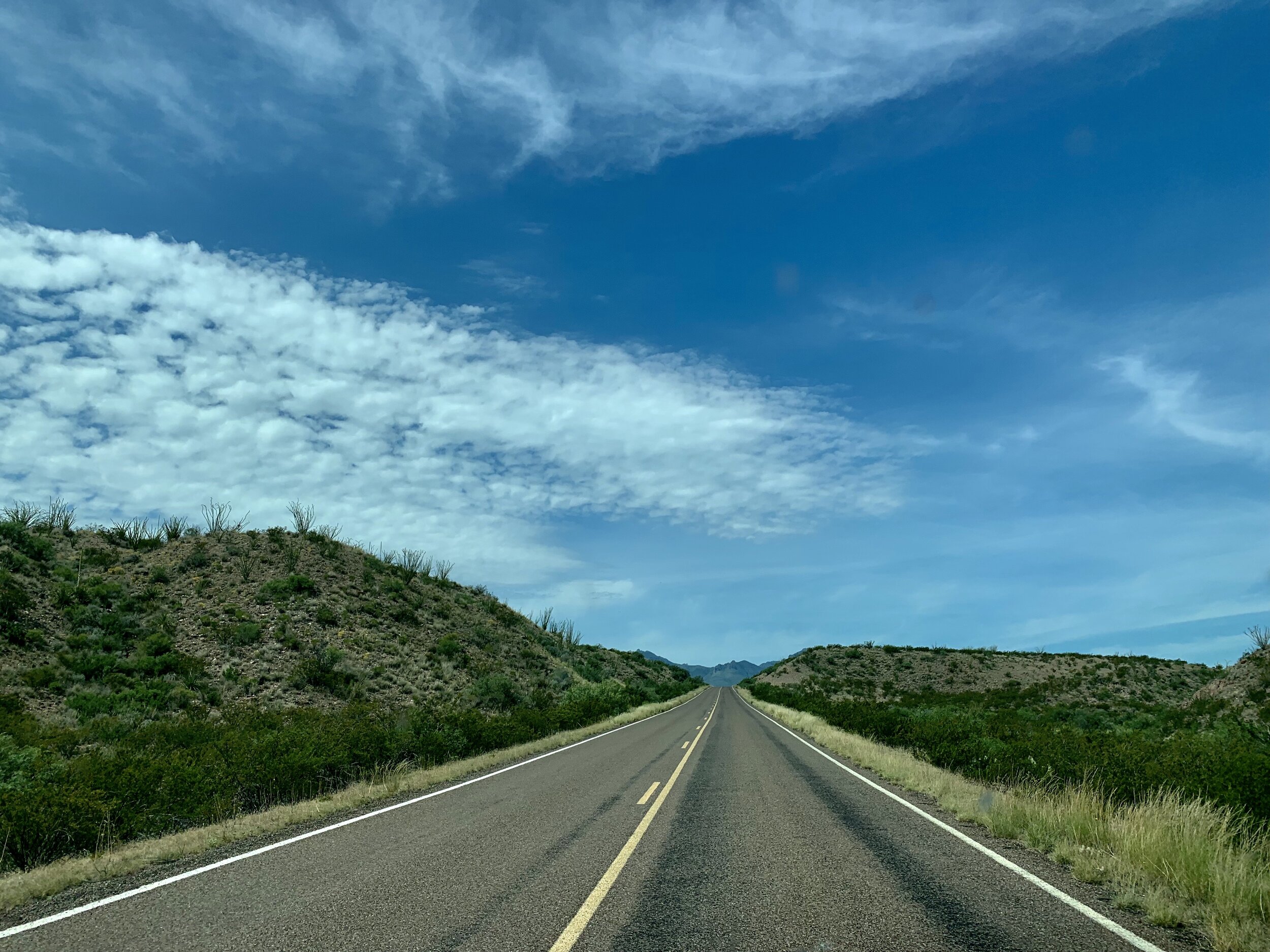I’ve been to Joshua Tree 5 times in my life, 4 of them in the past year, and 2 of them in the van. This time around I definitely felt as local as you can get in a National Park, but at the same time, I knew there was so much more to discover.
When The Secret Tours reached out to me, I was immediately intrigued—discovering more about a place I’ve been before? Having an excuse to go back? Yes please! So during this trip to Joshua Tree National Park, I participated in a couple of their tours so that I could see a little more of this amazing place I’ve grown to love.
The Secret Tours is a self-guided tour company in the Joshua Tree area, and they have a few different tours to participate in. On this trip, I did the Walking Tour and the National Park Tour, and both were super fun! They combine the idea of a scavenger hunt with exploration and fun facts about the area to make exploring interesting for all types of travelers. My team was made up of me and Transit Connect vanlifer Jared (@Jaredinthevan on insta!), and while it was my fifth time to the park, it was Jared’s first, so taking the National Park tour made for a really cool experience: me discovering new places I hadn’t seen before, and Jared seeing the whole park for the first time.
Don’t climb skull rock unless you know what you’re doing! The view from the bottom is pretty cool too!
All of the tours start at the Joshua Tree Visitor Center in Joshua Tree, California. For the National Park tour, you’ll then go into the park and start discovering new destinations along the road, and answering questions about your observations as you go.
This tour will take you through the entire park, and as far south as the Cholla Cactus Gardens, your clues adding up to one big answer at the end of the tour!
Sunset from Quail Springs
Some of our favorite stops:
Cholla Cactus Gardens- This is an all time favorite of mine, so I was super excited to see it on this tour! This is one of those must-see stops in Joshua Tree, but make sure you experience it right by seeing it with The Secret Tours!
Chollas chillin’ in the Cactus Gardens
The Adventurous Yucca- This is the oldest Joshua Tree, but I won’t tell you where in the park to find it—I’ll leave The Secret Tours to that one! This is a fun spot to hit because at the very beginning of the tour you have to figure out how old it is!
The oldest Joshua Tree… can you guess how old it is? Or, you can go on the tour to find out!
Keys View- Again, I’m not gonna tell you where to find this one, but you can’t really miss the signs pointing you in the right direction! This is a super cool spot that I didn’t even know was here, despite the fact that I’d been to the park 5 times!
Quail Springs- While we experienced this spot at the beginning of the tour, we actually ended up coming back here at the end of the day for the sunset and some rock scrambling, despite the long drive through the park! I loved that this tour showed me some spots worth revisiting, other than my normal go-to’s.
Key’s View! Joshua Tree’s very own Grand Canyon!
For your next trip to Joshua Tree, The Secret Tours should be on your to-do list! They’re a great way to get the lay of the land and experience the entire area in and surrounding the park to the fullest! While the main tour I did while I was in the area was the National Park tour, they also have their walking tour and a longer driving tour around the area that surrounds the park to take you to some cool desert art, alien-related spots, and more! So head on out to the California desert—you might just discover some secrets…








































